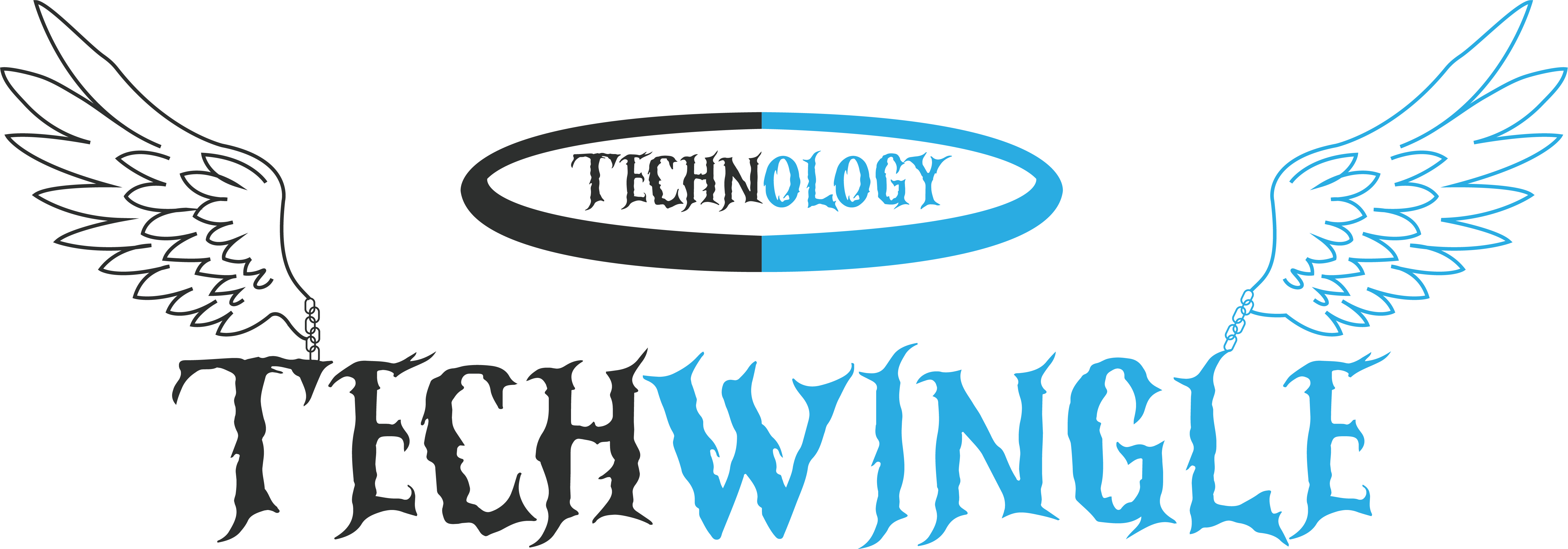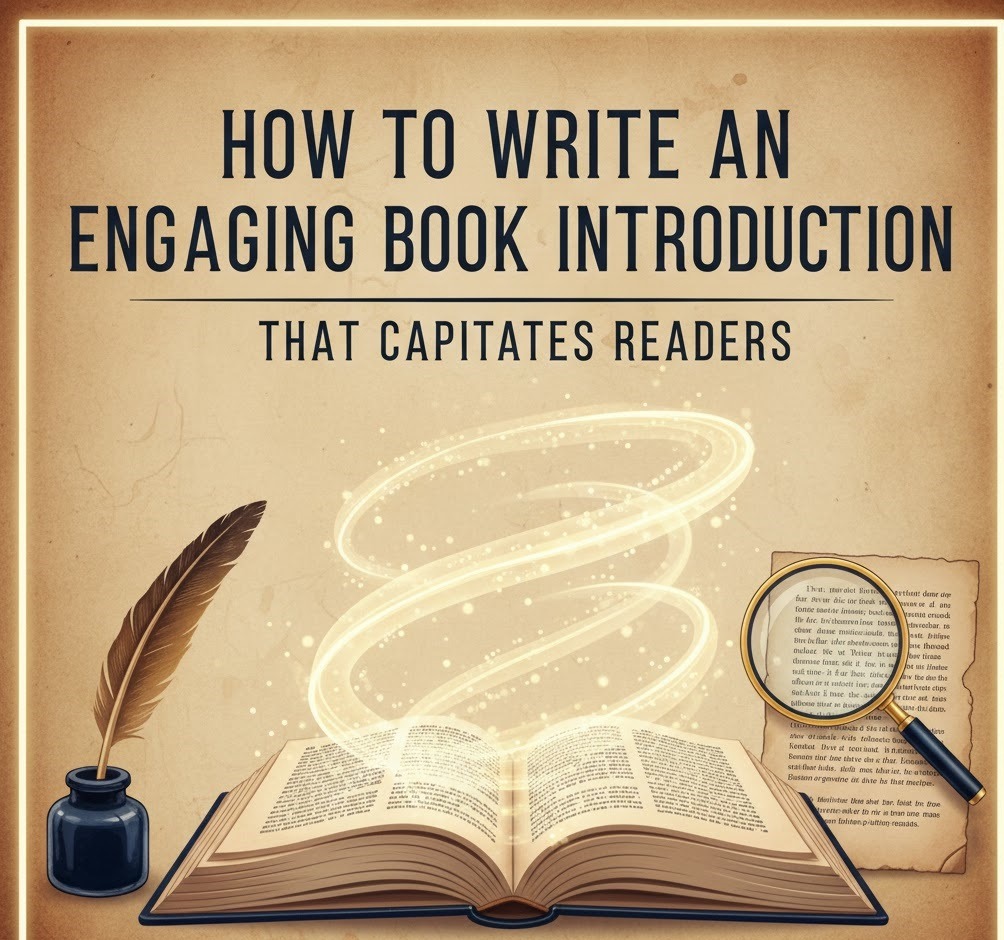So you have spent an hour googling “how to write a catchy book introduction,” and you saw the same almost on every page:
- Begin with a catchy hook
- Write a hook a reader can’t ignore
- Compose a hook that appeals to the audience
The idea is great, but the question is how? How on this earth can someone write a good hook? Writing an appealing gook may be the hardest part of writing a book, but it is a rewarding one. Writing it is similar to riding on a horse and screaming Look at me; I am interesting. You have to do precisely the same, but incredibly, it sounds scary. Undoubtedly, it is no less than any hill-climbing challenge. Throughout the process, you need to be creative, new, and enticing.
Writing a hook has some rules, but there is no magic formula that will suddenly make the process easier. Don’t worry; there are still some solid principles and techniques that will let you write in the right direction, and with practice, you will do wonders. Let’s not keep you wondering and start with writing tips.
What Is A Hook?
Most people confuse a hook with a tagline. However, both of these have separate functions.
| Tagline | Hook |
| The tagline is seen on the front cover of your book near the title.
|
The hook is the headline of your blurb. |
| It is short compared to the hook. | It is seen on the back cover of your book, at the top of the blurb. |
| Its function is to show the genre of the book. | Formatted in eye-catching and huge fonts. |
| They are optional. | It is recommended that you write a hook in bold for online publications. |
| Example of a tagline for a murder mystery: murder is a step away. | Example of a hook for a murder mystery: I never knew it was so easy to kill someone until I did it myself. |
So, the tagline does not give any particular info related to the plot. On the other hand, the hook steps directly into the character’s shoes and provides us with the details. Furthermore, a professional writer can help you more in this regard. You can ask “Write My Book for Me @ BookWriting.ae” to get expert assistance in drafting your manuscript.
Role of Hook in Introduction
Every reader has a certain nature when reading a blurb; they read one sentence at a time. So, this means every sentence in your blurb has a job to convince readers to read the second one, and it goes all the way. The other side is that if the hook doesn’t grab readers’ attention, you will lose the sale of your book. In the introduction, it is responsible for keeping readers engaged till the end. Freaking out? Don’t, because we will tell you how to write an amazing hook in no time before we tell you how to compose an introduction.
Nuts And Bolts of Writing Hook
As we stated, there is no magic formula for writing. The hook depends on the book it belongs to. However, we have mentioned some tips to help you learn and recognize what is good and how to visualize it.
- Length
It varies from book to book. However, the length should generally be around 20 words, which is 2-3 sentences.
- Characteristics
A good hook must have these three characteristics.
- It must have contrasts and contradictions.
- Interesting language that grabs readers immediately.
- Some curiosity, uncertainty, and questions.
- Rules
Here are three rules you need to keep in mind when writing:
- Make them trust you
- Make them believe in you.
- It makes them doubt everything they thought they knew.
Example:
The contrast between trust and doubt quickly builds psychological twists and tension. The controversial tone attracts readers into the game of manipulation, while uncertainty around doubt creates curiosity about how far the stakes will rise. The hook diverts the shift from trust to suspicion and keeps readers thinking, Who is the character, and what is their role?
Tips for Writing an Introduction
Now that we have learned about the role of a hook in a book introduction, let’s discover some tips for writing a great introduction. A good introduction sets the tone and appeals to readers. Here are some simple tips to help you write an introduction that attracts readers.
- Begin With A Clear Purpose
Your introduction should give readers a sense of what to expect. Clearly tell what the book is about and why it is worth reading,
- Set The Scene
Use an introduction to clarify the situation or world your book will explore. Make it come alive, whether it’s a fictional universe or a real-world setting.
- Connect With Your Readers
Make your readers feel like you are directly talking to them. Use relatable and engaging language that speaks to their pain points and interests.
- Think About the Big Picture
While it is crucial to be engaging, keep in mind that the introduction is just the start. Keep the direction and tone in mind and start with an attractive book cover design. Furthermore, for this, you need a reliable service like book cover design by Logodesigner.ae.
- Provide context
Briefly describe any background information to help readers understand the topic or story. Don’t overwhelm readers with details; a hook of curiosity is enough.
- Keep It Concise
Avoid long explanations. A brief and punchy introduction that packs a punch is always more effective than a drawn one.
Frequently Asked Questions
1: How to begin an introduction to a book?
A good introduction should have the following:
- Hook
- Problem statement and solution
- Supporting evidence
It will also usually recognize who the audience is for the book and establish the authority of the writer.
2: How to write a compelling book?
Here are some tips that will help you write an excellent book:
Read voraciously.
Make detailed checklists.
Develop good habits.
Use your time wisely.
Build a relationship with an editor.
Don’t stress over the initial draft.
Begin with characters.
3: What are some good sentences to begin a book?
- All of this happened without any….
- It was a pretty evening in November, and the clock struck 6….
- I was burning, but it was a pleasure to burn, because…..
- She and I decided to plan a trip to the moon; she was so….
The Ending Notes
In a nutshell, writing an appealing book introduction is an important step in engaging readers. The hook sets the stage, while the introduction gives your audience a glimpse of the adventure they are about to read. Keep in mind that there is no one size that fits all; using the right balance of clarity, curiosity, and connection can make all the difference.
With this practice, your introduction will become stronger, and you can make a first impression that keeps the reader hooked from the first sentence. Don’t stress; just get started and let your creativity flow.





